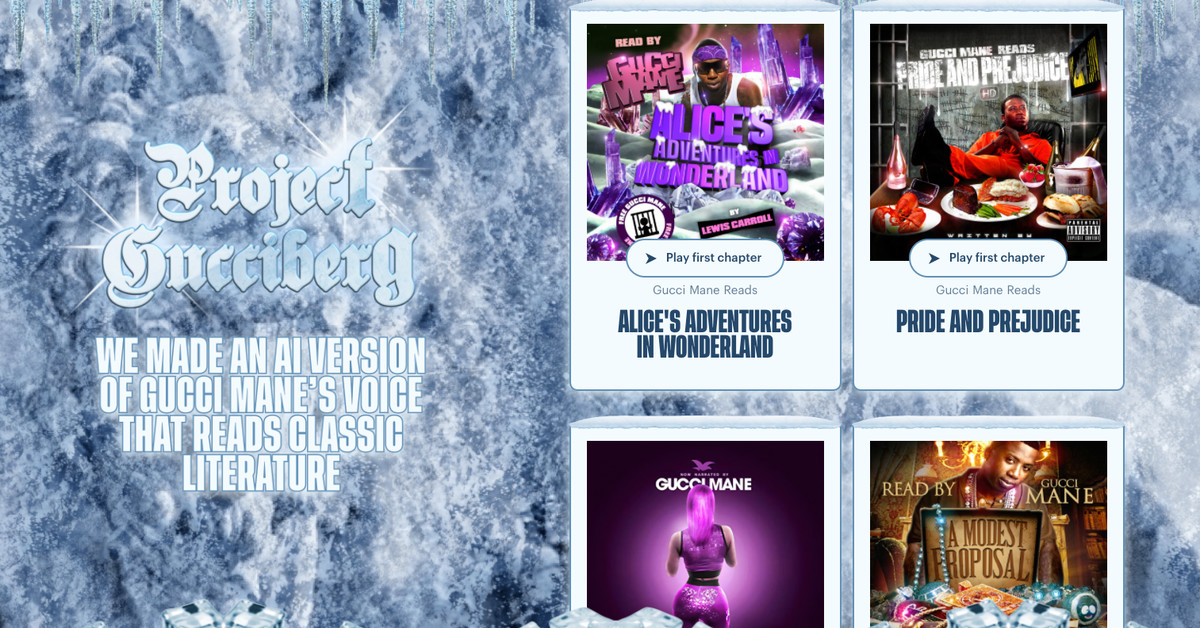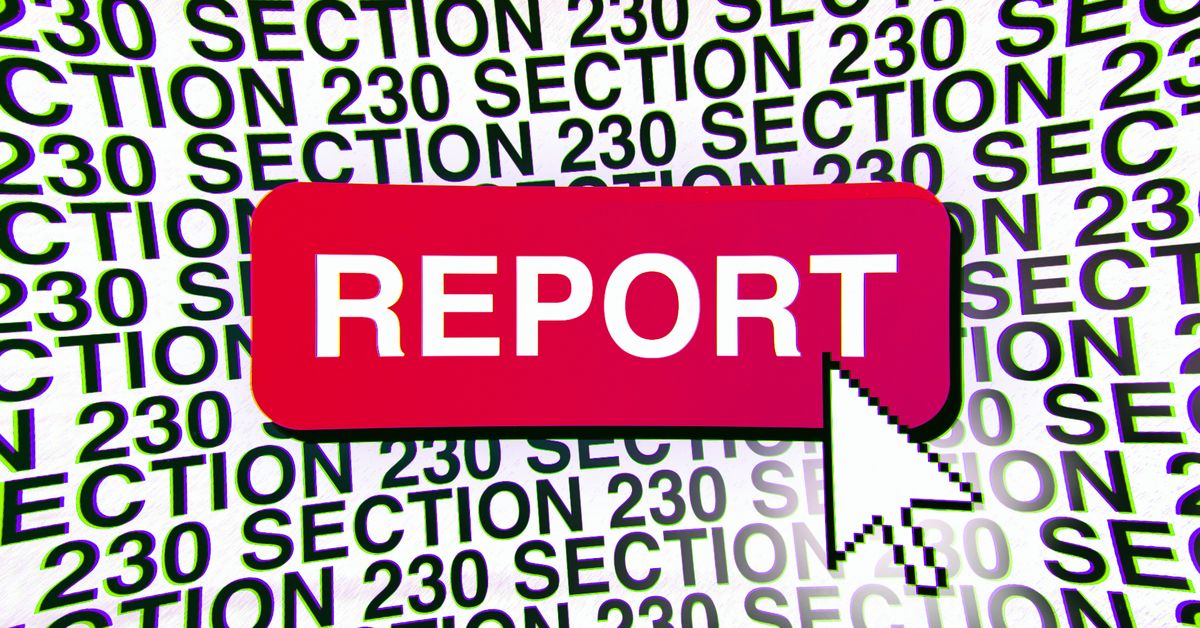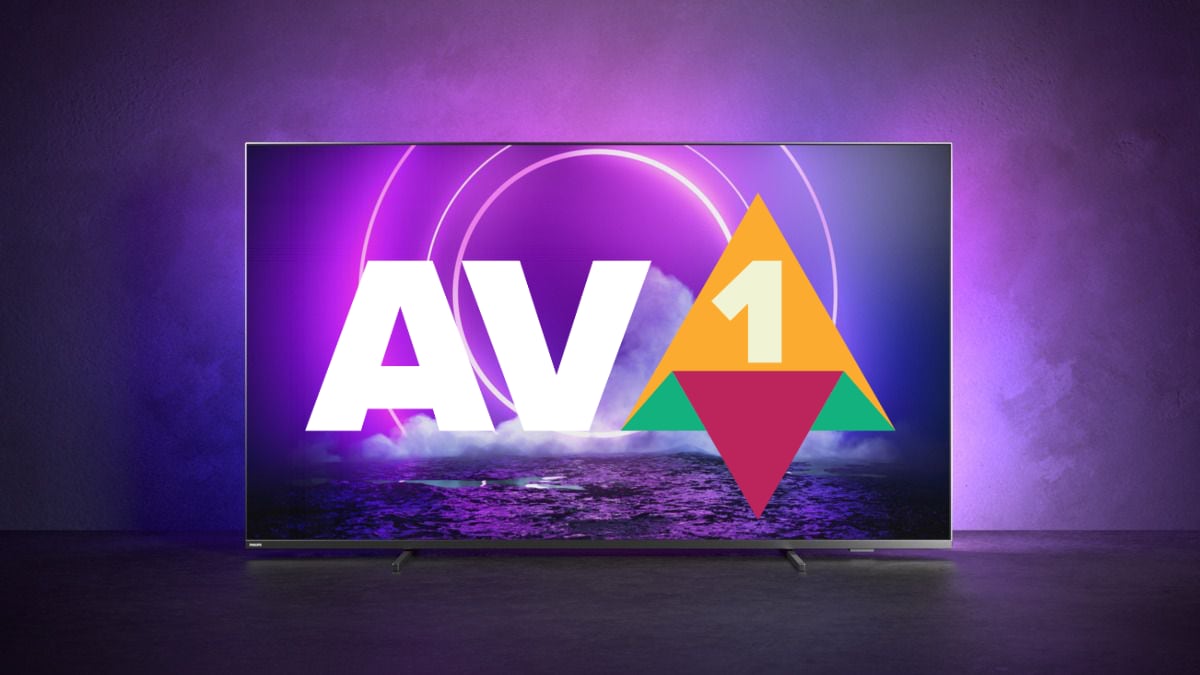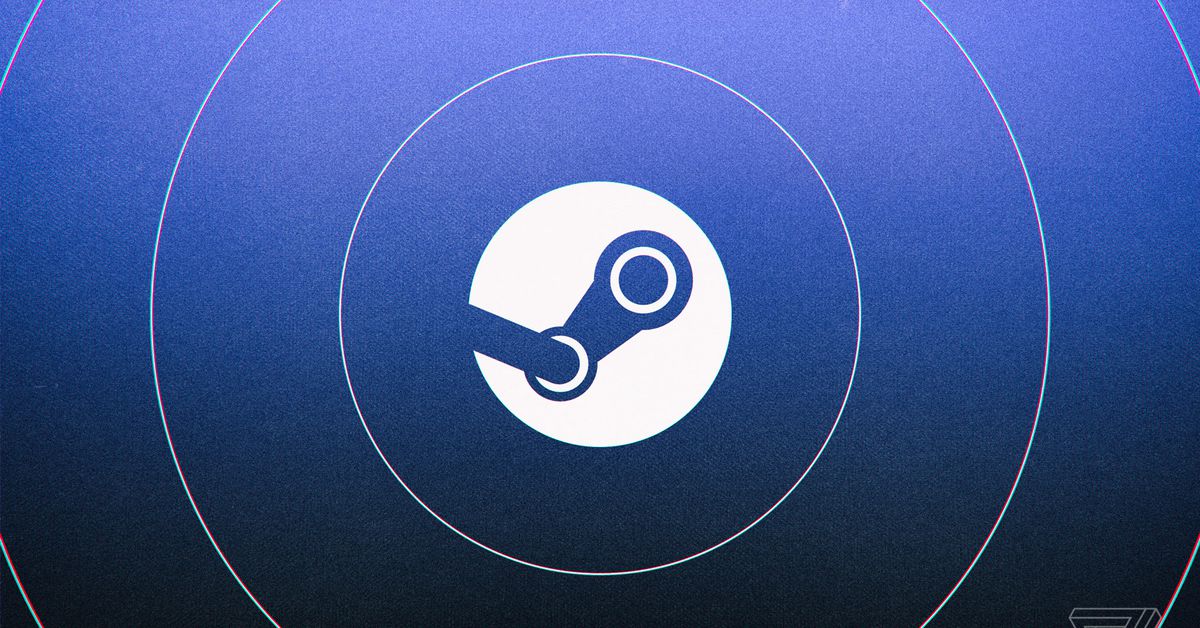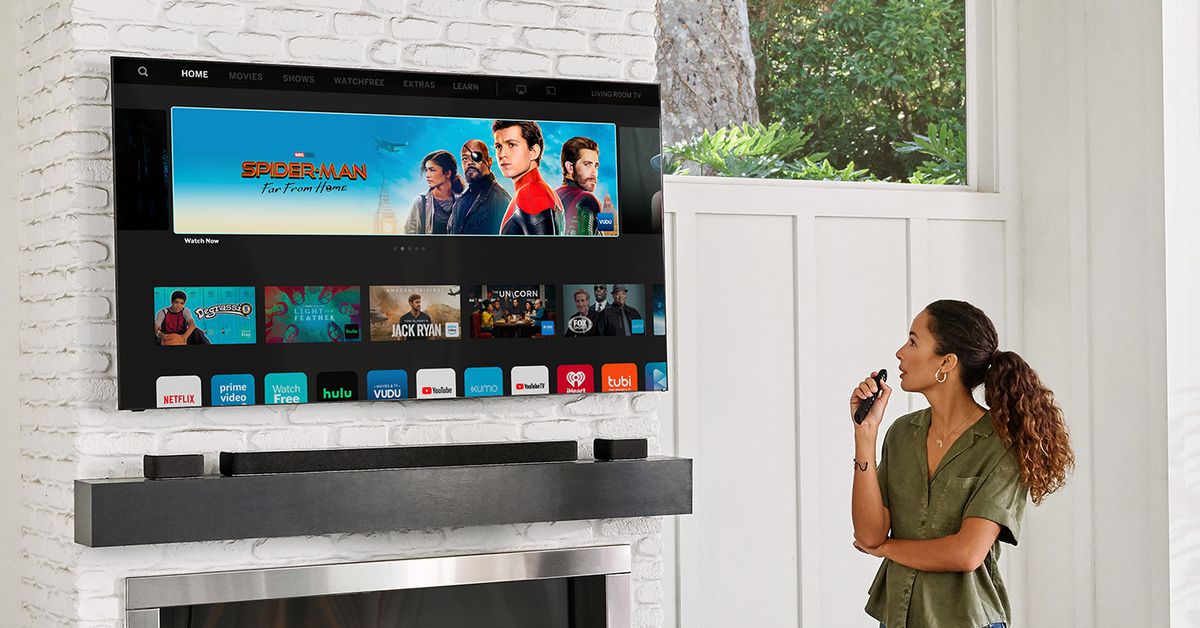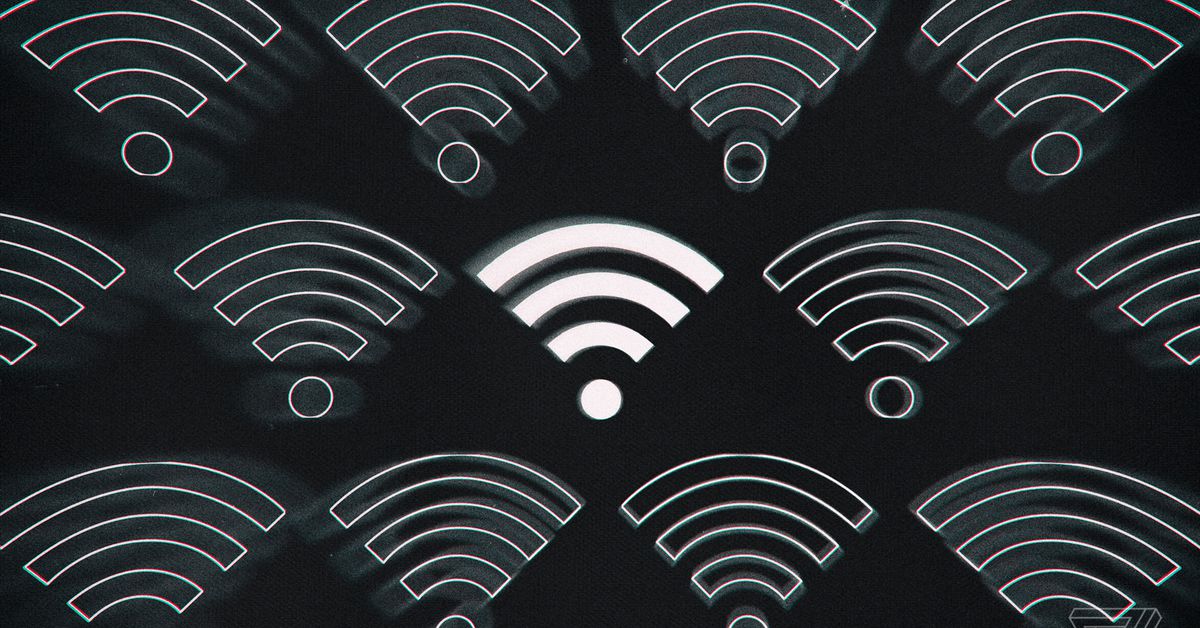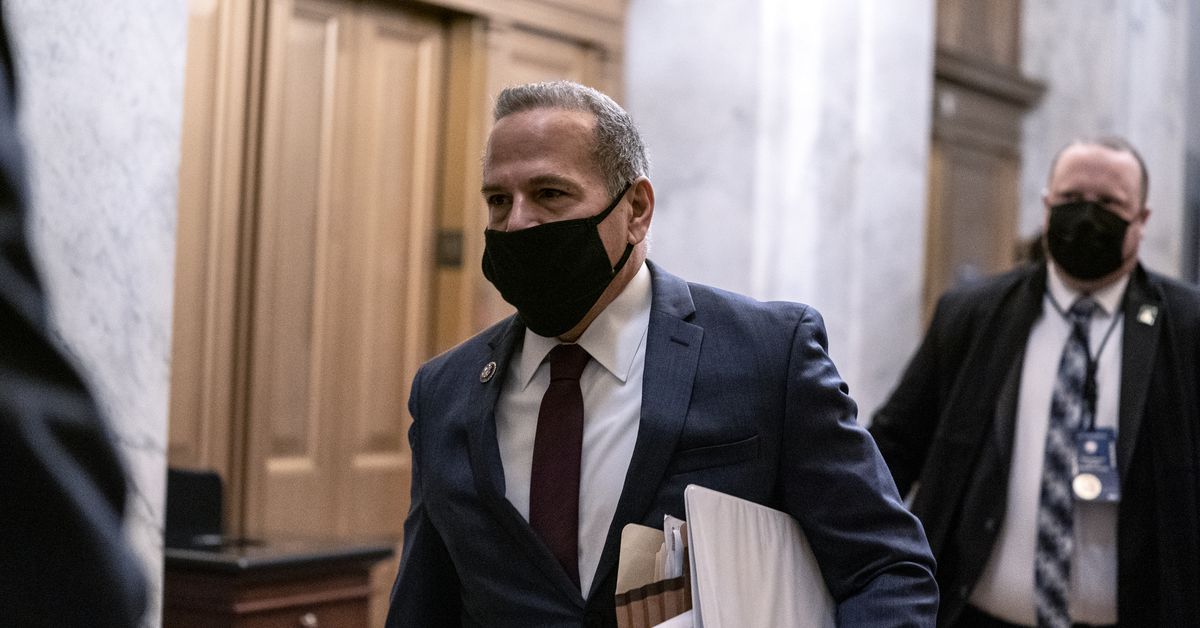Eve Systems, a maker of smart home products that work with Apple’s HomeKit platform, is announcing an expanded range of devices that support the Thread smart protocol. The news consists of updated versions of its existing smart plug, a forthcoming firmware update for the company’s smart sprinkler, and a new outdoor weather station.
Thread is a wireless communication standard that was developed from the ground up for smart home purposes and is designed to replace legacy technologies such as Z-Wave and Zigbee. Benefits of Thread include more reliable connections between devices, faster response times, and longer battery life.
Though Thread support has existed in a handful of devices for quite some time, Apple’s HomePod mini is the first one to really make Thread a viable option in the smart home. It can act as a bridge between Thread-enabled accessories and connect them to the internet, which they can’t do on their own. Thread is also one of the pillar technologies of the Connected Home over IP (CHIP) project, a cooperation between all the major smart home platform and device providers to standardize around an interoperable wireless protocol.
It’s with that in mind that Eve is updating and expanding its device portfolio. The new Eve Energy, which will be available in either US or UK versions, is an updated version of Eve’s smart plug. It will support both Thread and Bluetooth and will be available in the US starting on April 6th and the UK starting on May 4th. The Energy is unique in that it can act as a repeater for the Thread network, letting it extend the signal to devices even if they are out of reach of a HomePod mini. In the US, the Energy will cost $39.95.
A forthcoming firmware update will add Thread support to the $99.95 Eve Aqua, the company’s smart sprinkler system. Thanks to Thread’s greater range, the updated Aqua can maintain its connection to the network better than it could with just Bluetooth. Eve says support for Thread will be released in April.
Lastly, the all-new Eve Weather is a wireless outdoor weather station that allows you to track the exact outdoor temperature, humidity, and barometric pressure at your home. It is a replacement for the Eve Degree, a similar product that relied solely on Bluetooth for its connectivity. The Eve Weather has a monochrome display that shows the current temperature, humidity, and weather conditions; the Eve app provides access to trends over time and more specific data. The Weather also has Siri integration for voice queries.
Eve claims the Weather is IPX3 water resistant and is specifically designed for outdoor use. It runs on a coin cell battery which should last between six and 12 months before needing to be replaced. The Eve Weather will be available starting March 25th for $69.95.
These aren’t the only products in Eve’s portfolio that support Thread. The company has already issued firmware updates with Thread support for its door and window sensors and European-spec Energy smart plug, and it says everything it has released since June 2020 has the hardware necessary to work with Thread. It is one of the first companies to really throw its hat into the Thread ring in a meaningful way.
Eve is a unique company in the smart home market as its products only work with Apple’s HomeKit platform and don’t support Amazon Alexa, Google Home, or any of the other platforms out there. That’s different from most other smart home companies, which try to reach the broadest possible audience by supporting the most popular platforms, which often means Amazon Alexa and Google Home. The HomeKit device ecosystem is much smaller in comparison, largely thanks to an onerous hardware certification that Apple used to require and has since rolled back. HomeKit is also completely inaccessible from outside of Apple’s ecosystem, so if you have an Android phone, you can’t control Eve devices.
Eve System’s CEO Jerome Gackel told me the company’s goal isn’t just to be a HomeKit accessory maker. It’s just that Apple’s platform is the only one that allows Eve to focus its efforts on its devices and apps without having to also maintain a cloud service to allow them to connect to the internet. All of the processing for Eve devices happens locally on your home network or between your own devices, without sending data to the cloud, which helps the company achieve its goal of a privacy-first smart home. (You can still remotely control Eve devices through Apple’s Home app, provided you have a HomeKit hub, such as an Apple TV, HomePod, or iPad running in your home.)
Gackel hopes that support for Thread and its key role in the CHIP project will open the door to working with the other smart home platforms in the future. But Eve won’t work with Alexa or Google Home so long as they continue to require a cloud connection to their platforms.
Eve’s bet on HomeKit has been successful so far — the company already has 18 products in its lineup and claims sales of over 1 million units by 2019, with two-thirds of its customer base in Germany and the rest in the US. Its lineup for 2021 will make it the largest provider of HomeKit accessories, with Thread support being a recurring theme throughout.




